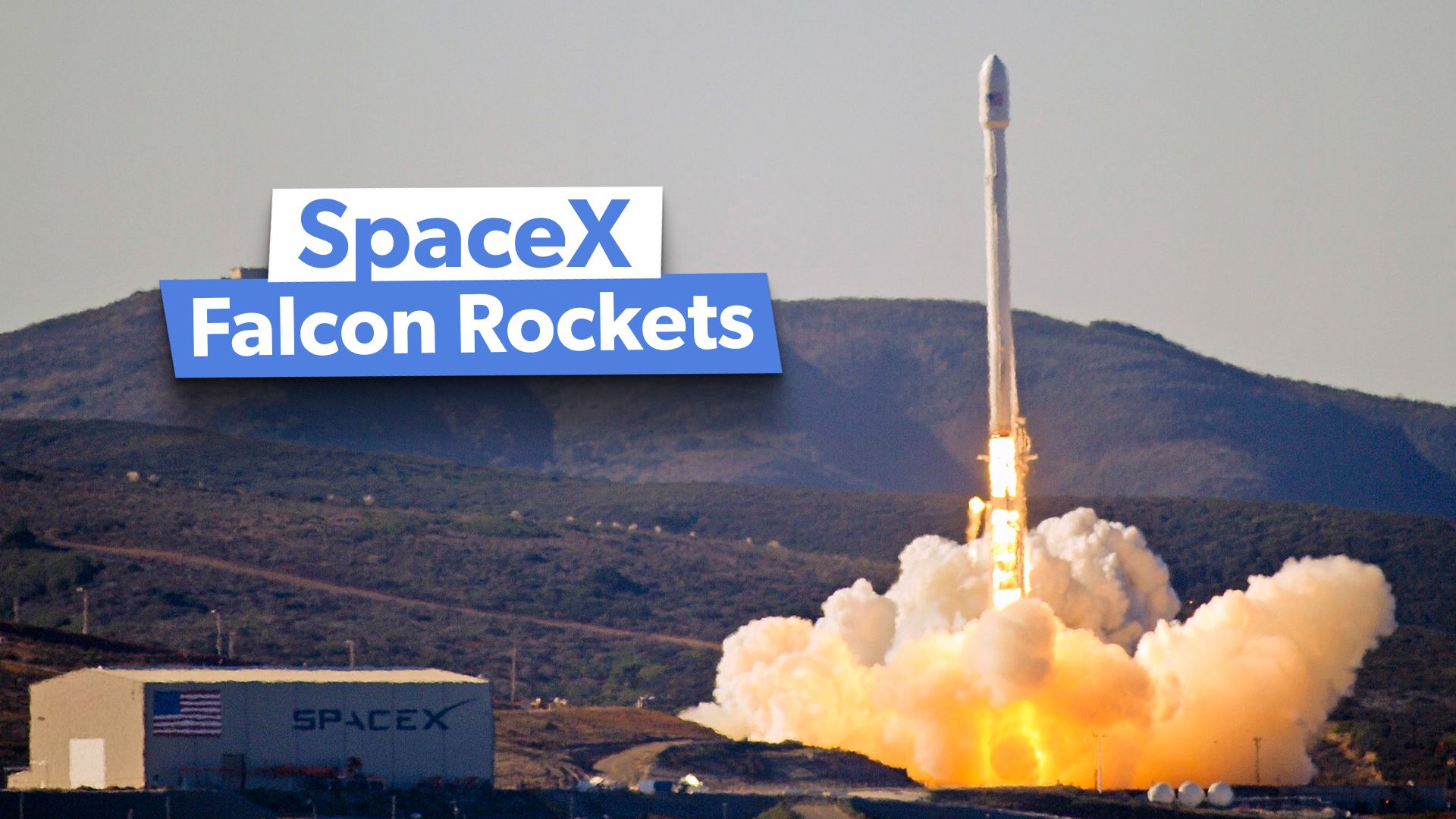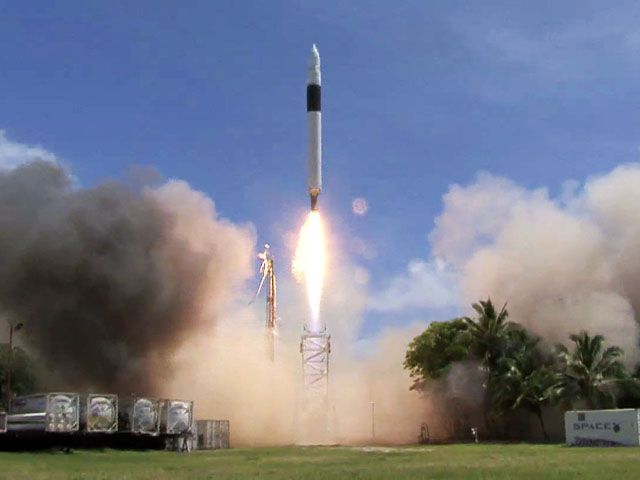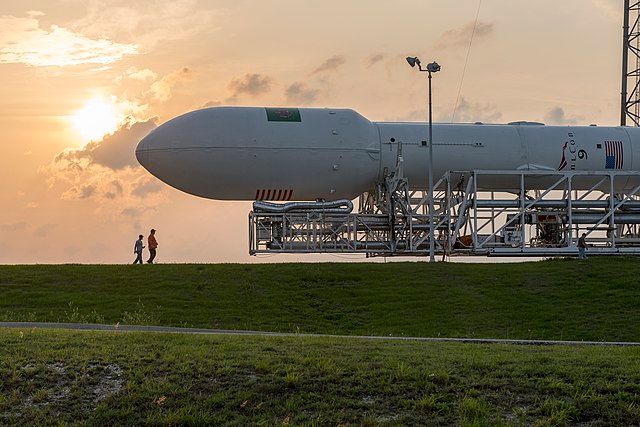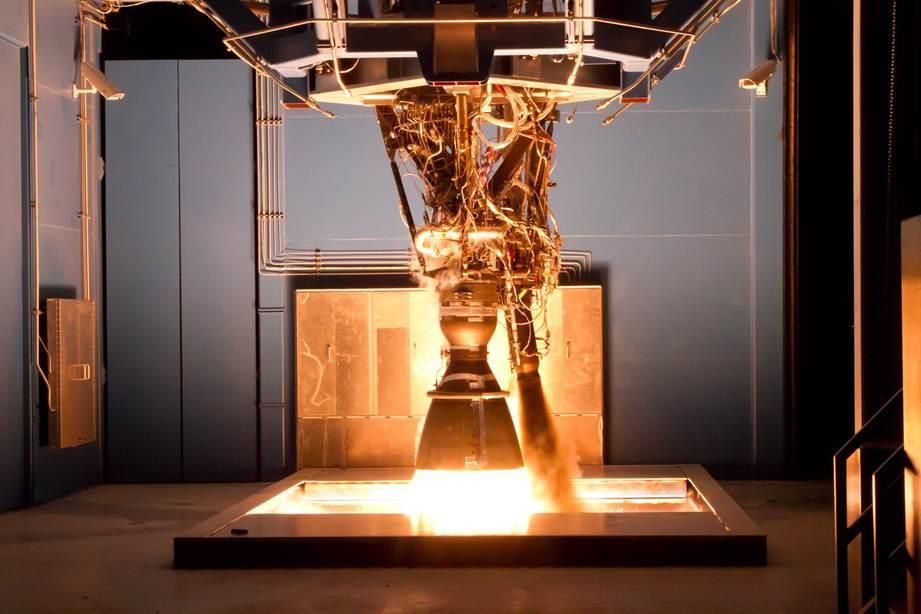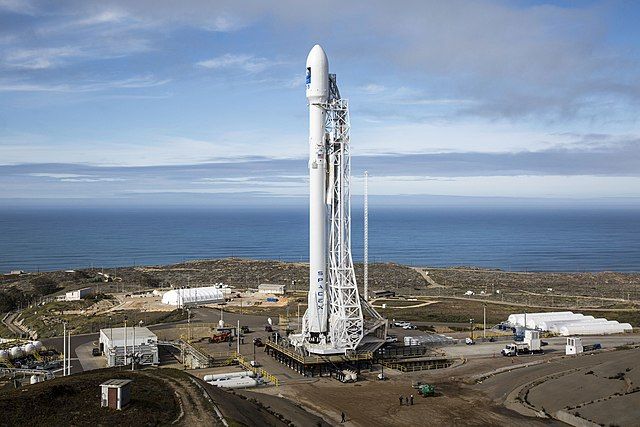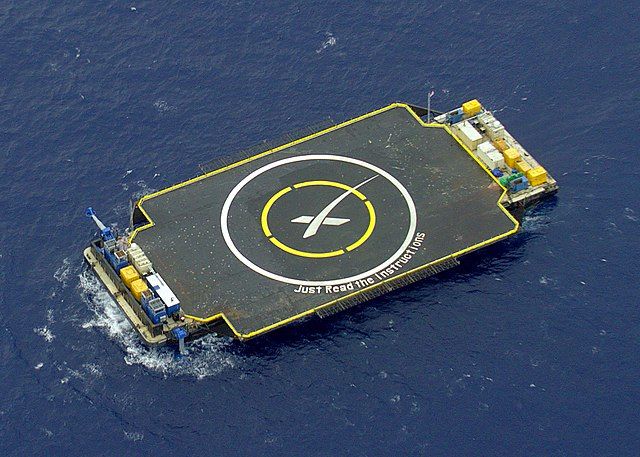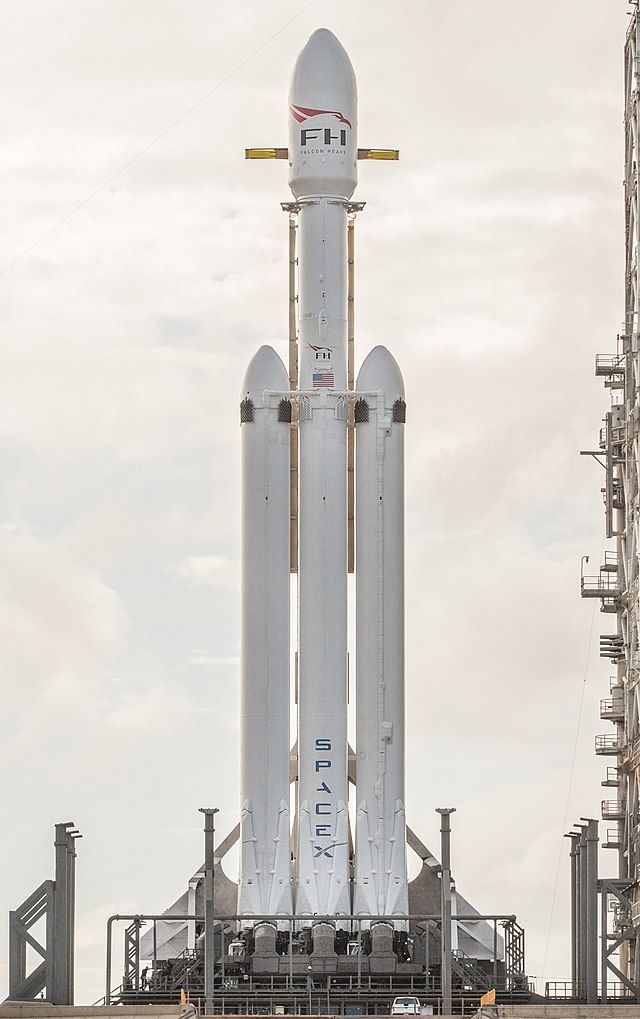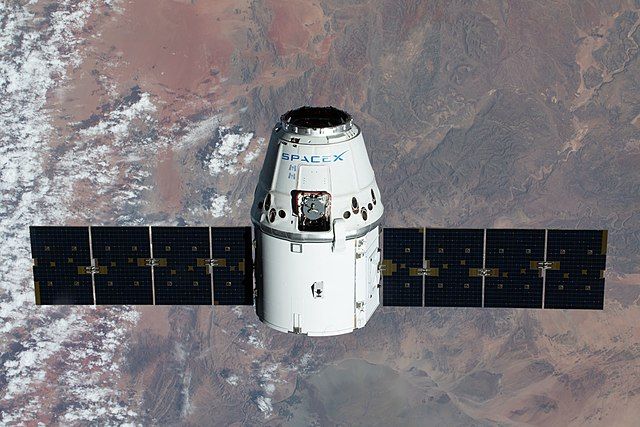Founded by Elon Musk in 2002, SpaceX has revolutionized space travel with its innovative Falcon rocket program. These marvels of engineering serve the dual purpose of advancing space technology and significantly reducing the once-prohibitive cost of space exploration. Let’s launch into the fascinating world of SpaceX and uncover five key facts about their groundbreaking Falcon rocket program.
1
Falcon 1- Trailblazing new paths toward outer space
Paving the way for future Falcons
Falcon 1 was SpaceX’s first orbital rocket and represented a significant milestone for the company. On September 28, 2008, the two-stage rocket became the first privately developed liquid-fueled rocket to reach low Earth orbit (LEO). In July 2009, Falcon 1 successfully launched the Malaysian RazakSAT Earth observation satellite into orbit, marking SpaceX’s first commercial launch. Ironically, it would be the Falcon 1’s last. While relatively short-lived, Falcon 1’s success laid the important groundwork for SpaceX’s Falcon 9, showcasing the potential of private enterprise in space exploration.
Photo: Wikimedia Commons
2
Falcon 9- A game changer in space exploration
Building upon the success of its predecessor
Photo: Wikimedia Commons
Named after the nine Merlin engines that power its first stage, the Falcon 9 is a two-stage, human-rated rocket used for a variety of missions, including satellite launches and resupply missions to the International Space Station (ISS). Standing at an impressive 230 ft (70 m) tall, the Falcon 9’s first stage features nine SpaceX-designed and manufactured Merlin 1D (M1D) engines assembled in an “octaweb” configuration. With a burn time of about 180 seconds, each M1D engine (pictured below) is capable of producing 190,000 lbf of thrust for a combined 1,710,000 lbf of total thrust, more than enough to propel the 1,210,000 lb (549,000 kg) rocket out of Earth’s atmosphere.
Photo: Wikimedia Commons
The second stage, which takes over once the first stage has been jettisoned, is powered by a single Merlin 1D Vac (Vacuum) engine, which features a larger, extended nozzle to maximize efficiency and optimize performance in the vacuum of space. The M1D Vac is capable of producing 220,500 lbf of thrust. With a burn time of about 397 seconds, this stage delivers payloads to their intended orbits or destinations. Both the M1D and M1D Vac engines run on liquid oxygen and RP-1, a refined and more environment-friendly form of kerosene.
Photo: Wikimedia Commons
Falcon 9 Block 5 improved on the rocket’s impressive performance by introducing higher-thrust engines, improved landing legs, and other enhancements to meet NASA’s Commercial Crew program and National Security Space Launch requirements.
Falcon 9 payload capabilities:
- Low Earth Orbit (LEO): The Falcon 9 can deliver up to 50,265 lbs (22,800 kg) to LEO
- Geostationary Transfer Orbit (GTO): The Falcon 9 can deliver up to 18,300 lbs (8,300 kg) to GTO
- Mars: The Falcon 9 can deliver up to 8,860 lb (4,020 kg) to Mars
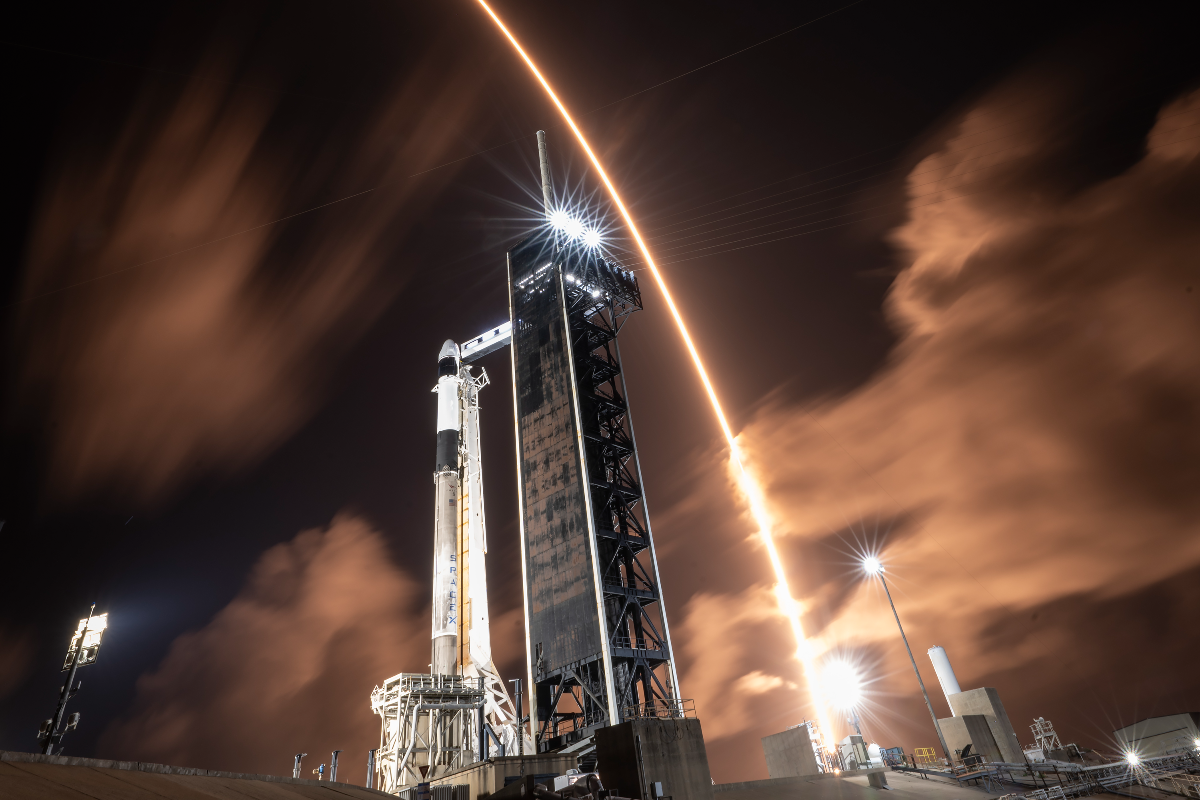
Related
US Space Force & SpaceX Launch 3rd Falcon 9 Rocket Carrying Spy Satellites For National Reconnaissance Office
SpaceX has launched another batch of spy satellites into orbit as part of a larger mission to put more numerous but smaller spy satellites.
3
The Falcon 9 has landed
And it’s a sight to behold
One of the most revolutionary features of the Falcon 9 rocket is its ability to safely return the first stage to Earth for landing and reuse. The landing sequence is a highly choreographed and breathtaking spectacle that begins after first stage separation.
The Falcon 9 first stage landing sequence is as follows:
- Reorienting: Following separation, the Falcon 9’s first stage performs a “flip maneuver,” courtesy of its cold gas thrusters, which reorient the first stage toward its intended landing path
- Grid fin deployment: Upon reorientation, grid fins near the top of the first stage are deployed to steer the rocket during reentry
- Reentry burn: A reentry burn is used to reduce the speed of the rocket as it reenters Earth’s atmosphere
- Landing burn: The final low-altitude deceleration is accomplished with a landing burn
- Landing legs deployment: As the first stage approaches its landing site, four landing legs, made of carbon fiber and aluminum honeycomb, are deployed just before touching down
- Touch down: With legs deployed in a remarkably controlled landing burn, the first stage gently touches down on a designated land-based pad or an autonomous drone ship at sea
The Falcon 9’s landing capability sets it apart from conventional rockets and has ushered in a new era of reusable space travel. By landing the first stage back to Earth, SpaceX significantly reduces the cost of each mission, making space more accessible than ever before.
Photo: Wikimedia Commons
4
Falcon Heavy- SpaceX’s heavyweight rocket
Taking payloads to new heights
Also standing proudly at 230 ft (70 meters) tall, this behemoth of a rocket consists of three Falcon 9 first-stage boosters, each equipped with nine M1D engines. Combined, the Falcon Heavy’s 27 engines produce an astounding 5,130,000 lbf of thrust, making it the most powerful operational rocket in the world. The side boosters provide the initial thrust to propel the Falcon Heavy away from Earth’s gravity. Once their fuel is nearly depleted, the side boosters are jettisoned pneumatically from the central core. The remaining first stage pushes the payload into the desired orbit until separation.
Photo: Wikimedia Commons
The second stage of the Falcon Heavy shares a similar design to that of the Falcon 9. Both utilize a single M1D Vac engine to deliver their payloads to precise orbits. However, the Falcon Heavy’s second stage complements its colossal first-stage power, enabling it to carry much heavier payloads, or even multiple payloads, to higher orbits and more distant interplanetary destinations within our solar system.
Like the Falcon 9, the Falcon Heavy’s three first-stage cores can return to land. The two side boosters are after being jettisoned, and the center core is after stage separation.
In 2018, the Falcon Heavy’s maiden flight famously sent Elon Musk’s Tesla Roadster into space, proving its capability and capturing the public’s imagination.
Falcon Heavy payload capabilities:
- LEO: The Falcon Heavy can carry about 140,660 lbs (63,800 kg) to LEO—a capacity unmatched by any other current rocket
- GTO: The Falcon Heavy can carry up to about 58,780 lbs (26,700 kg) to GTO
- Mars: The Falcon Heavy can carry up to about 37,040 lbs (16,800 kg) to Mars
5
Launching a Dragon into space
SpaceX’s Dragon spacecraft launches atop the Falcon rocket
Complementing the Falcon rockets is SpaceX’s own payload, the Dragon spacecraft. Launched atop the Falcon 9 rocket, Dragon is a reusable spacecraft, aligning with SpaceX’s commitment to enhancing the accessibility and sustainability of space travel. There are two versions of the Dragon spacecraft:
- Cargo Dragon: primarily carries supplies and scientific equipment to the ISS
- Crew Dragon: designed specifically for transporting astronauts.
Photo: Wikimedia Commons
The Dragon spacecraft features highly advanced technology, including state-of-the-art control interfaces, robust safety features, and the capacity to dock with the ISS autonomously. Cargo Dragon holds the unique distinction of being the first commercial spacecraft to deliver cargo to the ISS and safely return to Earth. Not to be outdone, Crew Dragon has successfully transported NASA astronauts to and from the ISS as part of the Commercial Crew Program. In September 2024, a SpaceX Falcon 9 launched a Crew Dragon on a mission to rescue two stranded astronauts stuck in orbit due to Boeing Starliner malfunctions.
Bonus fact: SpaceX’s Starship ushers in the future of space travel
While not technically part of the Falcon series, any discussion of SpaceX’s rocketry should mention Starship. Currently in development, Starship represents SpaceX’s bold vision for the future and is set to become the most powerful launch vehicle ever built. With Starship, SpaceX is poised to redefine deep space exploration and potentially make interplanetary travel a reality. Below, SpaceX makes history by retrieving Starship’s Super Heavy booster from the sky upon returning to land.
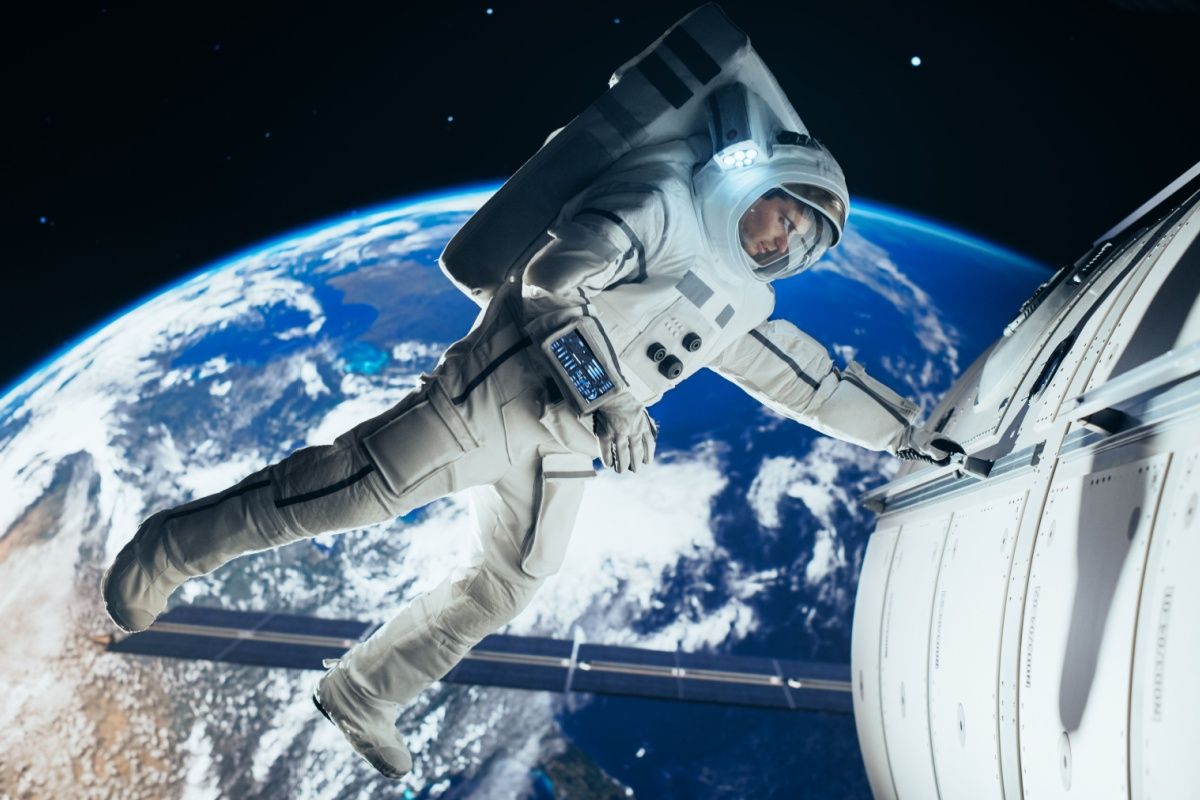
Related
SpaceX Crew Dragon Launch Scheduled Today For Billionaire On 1st-Ever Private Space Walk
Polaris Dawn is poised to launch a historic mission into space with a historic commercial spacewalk.

